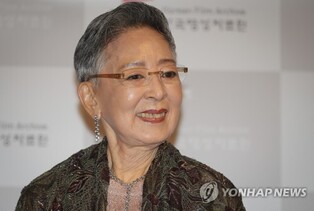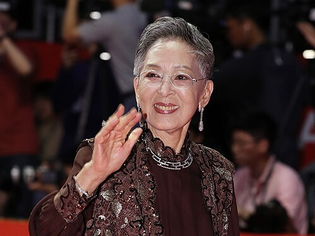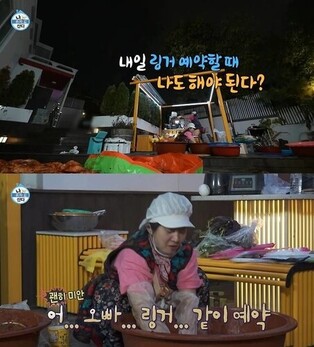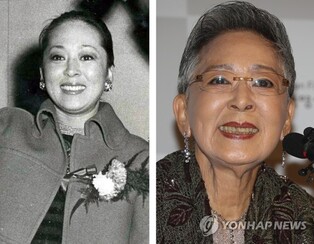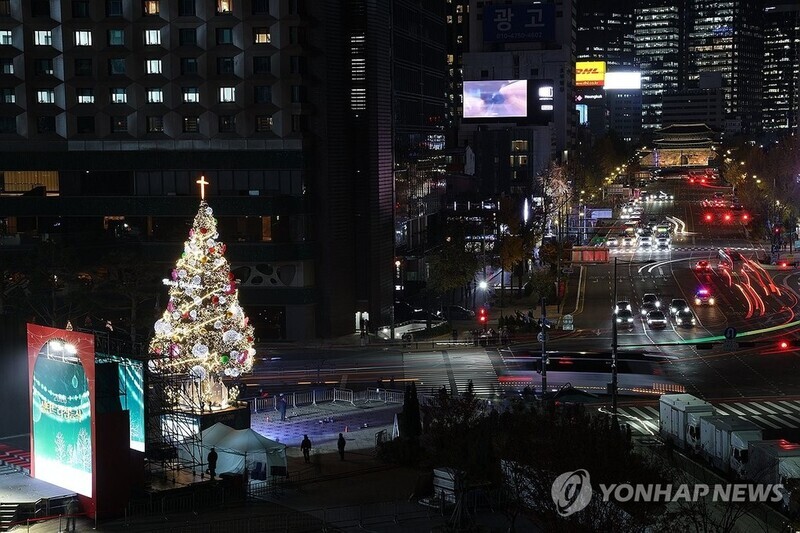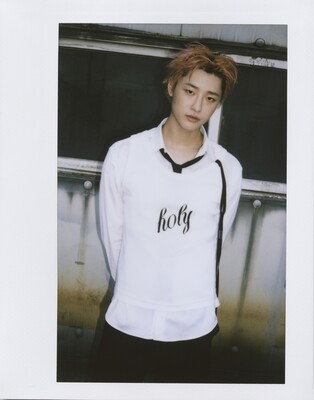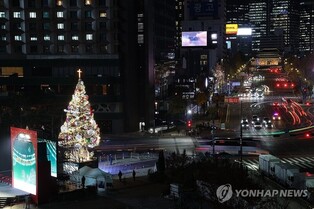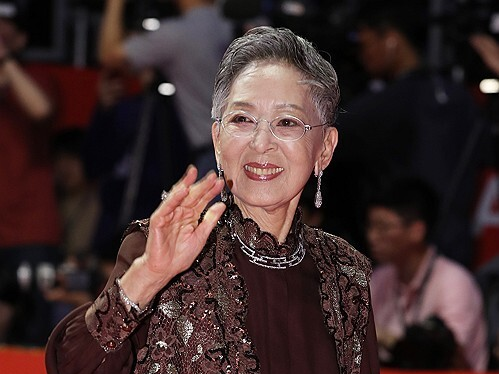| ▲ This photo, provided by Gyeongju National Research Institute of Cultural Heritage, shows Wolseong excavation, where human bones were recently discovered. (PHOTO NOT FOR SALE) (Yonhap) |
Gyeongju, June 15 (Yonhap) -- Last September in 2021, human bones of a petite female in her 20s, 135 centimeters tall, were excavated under the west castle wall of Wolseong, where royal palaces of Silla were located. Why was she buried there?
Besides, human bones of a man and a woman in their 50s, animal ribs, and an earthenware holding a liquid were also discovered together with the human bones of a female. There were no traces of graves, and the spot was so clean that it is hard to see them as death from an accident. The excavation team analyzed the historic materials of human bones excavated in adjacent regions.
Between the 1980s and 1990s, when the archaeological research about Wolseong started, historic materials of 23 human bones were already discovered. However, there was little knowledge about human bones excavated back then, which makes it hard to continue the research about “why they were buried at the spot.”
| ▲ This photo, provided by Gyeongju National Research Institute of Cultural Heritage, shows researchers excavating human bones in Wolseong excavation site. (PHOTO NOT FOR SALE) (Yonhap) |
Meanwhile, according to the Gyeongju National Research Institute of Cultural Heritage ‘s analysis of excavation materials in the past, it was confirmed that the distance is only about 10 meters between the human bones in 20s and 50s recently discovered, and those excavated between the 1980s and 1990s.
Therefore, it can be presumed that there was a special reason why a lot of people were buried altogether. Examining through different aspects, the excavation team concluded that they were traces of ‘human sacrifices.’
The most remarkable excavation result after 2014 is that a lot of evidence of human sacrifices have been found.
All of the excavation sites were foundation parts with the bottom part firmly established in order to build the castle, where many human bones were excavated including those of a kid around the age of 5, found during the process of identifying the site of west gate of Wolseong in 2016, and those of a man and a woman near the kid, excavated in 2017.
| ▲ This photo, provided by Gyeongju National Research Institute of Cultural Heritage, shows the upper body of excavated human bones. (PHOTO NOT FOR SALE) (Yonhap) |
Human bones of a man and a woman were arranged neatly facing the front in a lying position, with the woman lying down neatly, looking at the man. Traces of the bark of a tree were also found in the skull part of two human bones. Also, the man was estimated to be in his 50s, with a robust physique of 165.9 centimeters tall. The woman was also estimated to be in her 50s, and measured to be 153.6 centimeters tall. It was analyzed that the man and the woman lived long until their 50s, but they were not people of higher class.
Four years later in 2021, human bones of a petite woman in her 20s, measured to be 135 centimeters tall, were found, only 50 centimeters far away from a place where the bones of the man and the woman were discovered. She was wearing a bracelet and a necklace sewn with glass beads in carved jade shape. Also, animal bones, mainly with ribs, which are estimated to those of large mammals such as horses and cows were buried around the woman. Two pieces of earthenwares lay upright and were overlapped, near her head part as well.
| ▲ This photo, provided by Gyeongju National Research Institute of Cultural Heritage, shows a necklace excavated together with human bones. (PHOTO NOT FOR SALE) (Yonhap) |
The fact which the excavation team focused on is that excavated human bones were lying side by side at the bottom layer, which was established before building a high wall of the castle.
In fact, this is strong evidence to prove that Silla people have done “some kind of rituals” related to the construction of the castle wall. What it means by some kind of rituals is presumed to be a human sacrifice, killing humans to hold a ritual before building a castle. Hoping for the safety of people and the completion of a robust castle during the process of construction, humans became sacrifices.
According to the human bones excavated so far, it can be presumed that at least 27 people were sacrificed when building a castle wall of Wolseong.
| ▲ This photo, provided by Gyeongju National Research Institute of Cultural Heritage, shows human bones and earthenware excavated at Wolseong excavation site. (PHOTO NOT FOR SALE) (Yonhap) |
An official from the Gyeongju National Research Institute of Cultural Heritage said, “The actual construction might have been done after establishing the elementary layers for building a castle, and having a ritual of human sacrifice,” adding, “It seems that Silla people piled up the soil in 4 times after building an earthwork, to build the castle as high and big as possible.”
The official estimated, “The human bones that were sacrificed in rituals may be buried more in line with the direction of a construction, along with the centerline of a castle wall.
The castle wall of Wolseong remains today after 1,500 years have passed, with these hidden efforts.
When taking a closer look at Wolseong, thinking of the sacrifice of Silla people, it is possible to meet grass roots, the hidden supporters of Silla history.
(This article is translated from Korean to English by Kim Jimin.)
(END)
(C) Yonhap News Agency. All Rights Reserved


















